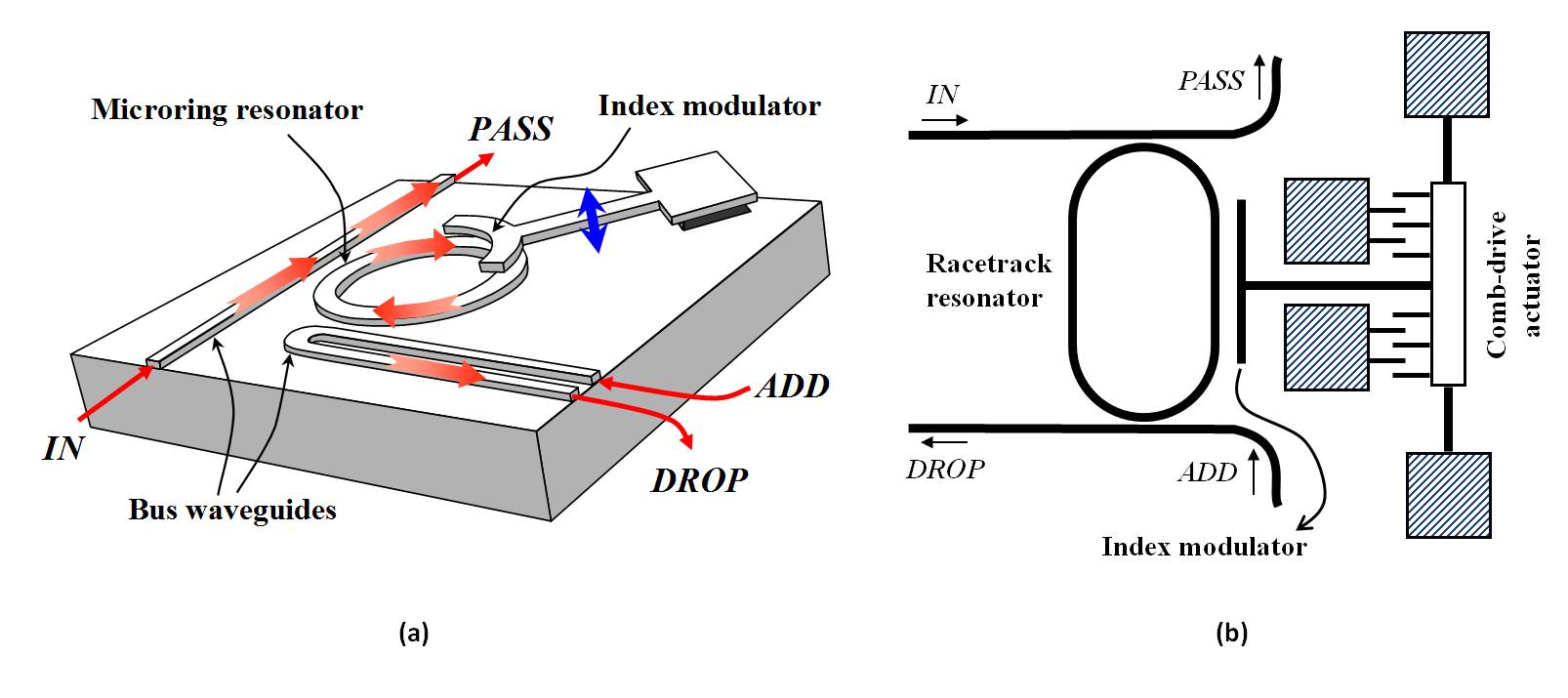Contents

Source: sercalo
Tunable Optical Filters: A Comprehensive Guide
Optical filters are essential components in various optical systems, allowing specific wavelengths of light to pass through while blocking others. Tunable optical filters offer the added advantage of being able to adjust certain parameters, such as the center wavelength and bandwidth, either manually or electronically. This flexibility makes them invaluable in a wide range of applications, from telecommunications to scientific research.
Types of Tunable Filters
Monochromators
Monochromators are devices that can isolate a specific wavelength from a broader spectrum. They are inherently tunable, allowing the passband wavelength to be adjusted. This can be achieved manually or via a motorized system. Compact monochromators can be constructed using Micro-Electro-Mechanical Systems (MEMS) technology, which employs diffraction gratings and MEMS mirrors to achieve fast and precise tuning.
Lyot Filters
Lyot filters are optical devices that can be tuned by rotating the entire unit. This rotation can be performed manually or with the help of a motorized drive, allowing for precise control over the filter’s transmission properties.
Rotatable Thin-film Devices
Thin-film devices, such as dielectric mirrors, have transmission characteristics that depend on the angle of incidence. By rotating these devices, the filter’s transmission properties can be adjusted, making them a versatile option for tunable filtering applications.
Tunable Fiber Bragg Gratings
Fiber Bragg gratings are specialized optical components that reflect light within a narrow wavelength range. The center wavelength can be tuned by physically stretching the fiber or altering its temperature, allowing for dynamic control over the reflected light.
Tunable Resonators
Optical resonators transmit light only at specific resonance frequencies. By adjusting the resonator length, often using a piezoelectric transducer, these frequencies can be tuned, enabling precise control over the transmitted wavelengths.
Acousto-optic Filters
Acousto-optic tunable filters utilize acousto-optic modulators to diffract light within a narrow wavelength range. The drive frequency of the modulator can be adjusted to tune the filter, providing a flexible solution for wavelength selection.
Liquid Crystal Modulators
Liquid crystal modulators can be used to create tunable filters by spatially dispersing light through diffraction gratings and modulating the light with a liquid crystal layer. This setup allows for independent attenuation of different wavelength components, which can then be recombined for the desired output.
Applications of Tunable Filters
Tunable filters are employed in numerous fields, including telecommunications, laser systems, spectroscopy, and environmental monitoring. Their ability to dynamically select and control specific wavelengths makes them indispensable in applications that require precise optical filtering.
This blog post provides a detailed overview of tunable optical filters, explaining their types and applications. The content is designed to be informative and accessible, offering a clear understanding of the subject matter.

Source: www.ece.lsu.edu
Feel free to comment your thoughts.



